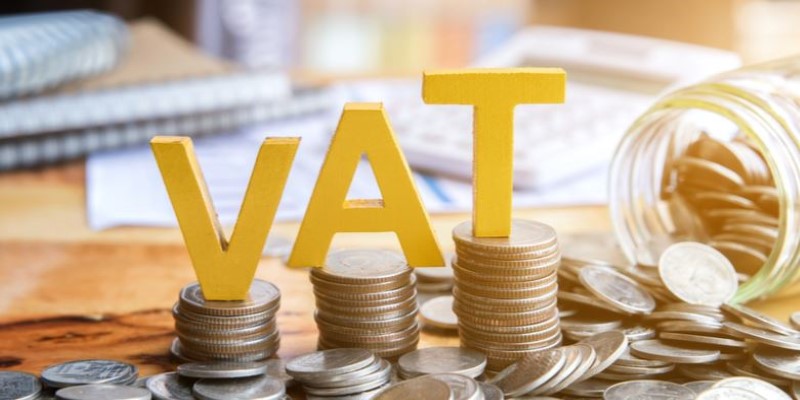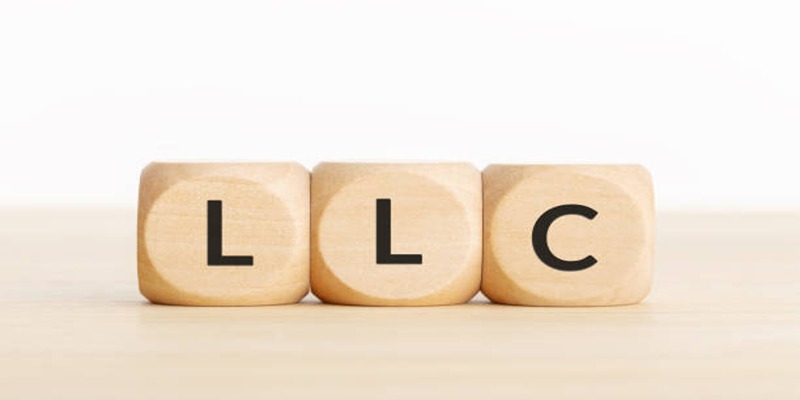
Welcome to the world of taxes, where acronyms often reign supreme. One such acronym that might have caught your attention is VAT—Value-Added Tax. Don't worry; we're here to demystify this seemingly complex system without drowning you in corporate jargon.
Understanding VAT is crucial for anyone engaged in buying or selling goods and services. It's more than just a tax; it's a key player in the economic cycle, affecting businesses and consumers alike. In this guide, we'll take you on a journey through the basics of VAT, unraveling its intricacies step by step.
Understanding VAT Basics
At its core, VAT is a consumption tax imposed on the value added to goods and services at each stage of production or distribution. It's like a silent partner in every transaction, taking a small percentage as the product or service moves from manufacturer to consumer.
VAT operates on a simple principle: tax is applied at each stage of the supply chain, but it's ultimately the end consumer who bears the burden. This means that as a consumer, you're paying a portion of VAT with every purchase you make.
How Does VAT Work?
Let's break it down. Imagine a T-shirt manufacturing journey. The cotton supplier sells raw materials to the T-shirt manufacturer, who, in turn, sells the finished product to a retailer. At each step, VAT is levied on the value added. When you finally buy that trendy T-shirt, you're essentially paying the accumulated VAT.
Understanding this process helps clarify the layers of taxation embedded in the goods and services we use daily. It's not just about the price tag; it's about the added value at every stage.
Who Collects VAT?
Governments are the silent collectors. They delegate the task to businesses, making them tax collectors by default. This leads us to the concept of a taxpayer.
Identifying the Taxpayer
The burden of VAT falls on the end consumer. Yes, you heard it right—the person enjoying the end product or service is the one paying the tax. But, in reality, it's not as straightforward. Businesses act as intermediaries, collecting VAT at various stages and passing it along until it reaches the ultimate consumer.
This indirect method of taxation is designed to distribute the burden across the entire supply chain. Businesses play a vital role in the collection process, but they are not the ultimate bearers of the tax.
Types of Taxpayers
- Businesses: They collect and remit VAT to the government. Small or large, every business is part of this tax relay.
- Consumers: Individuals bear the ultimate burden. When you buy your morning coffee or a new gadget, a portion of that spending goes into the government's VAT coffers.
VAT Registration
Not every business has to play the role of a VAT collector. Small businesses often have a threshold below which they are exempt from registering for VAT. However, once this threshold is crossed, registration becomes mandatory.
VAT registration comes with responsibilities and benefits. It allows businesses to reclaim VAT paid on their inputs while obliging them to collect and remit VAT on their sales. It's a delicate balance that ensures the smooth functioning of the VAT system.
Navigating VAT Rates and Exemptions
Let’s now explore the key basics of VAT rates and exemptions!
VAT Rates

VAT rates vary globally. Some countries have a standard rate for most goods and services, while others apply reduced rates or exemptions to specific categories. It's crucial to be aware of the applicable rate in your region.
Understanding the VAT rates applicable to different goods and services helps consumers and businesses make informed decisions. While some items may have a higher VAT rate, others, often essential goods and services, may enjoy reduced rates or exemptions.
Exemptions
Certain goods and services enjoy exemption from VAT. Necessities like food, healthcare, and education often fall into this category. Governments may choose to alleviate the tax burden on essential items to ensure everyone's access to fundamental needs.
Exemptions are a strategic tool used by governments to promote affordability and accessibility to crucial goods and services. Knowing which items are exempt can impact both personal budgeting and business planning.
The Challenges of VAT Compliance
Here come the challenges of complying with VAT!
Record-Keeping Responsibilities
For businesses, navigating VAT involves meticulous record-keeping. Maintaining accurate records of transactions, invoices, and receipts is not just good practice; it's a legal obligation.
Record-keeping is the backbone of VAT compliance. It ensures transparency and accountability, allowing businesses to track their VAT obligations accurately. Failure to keep comprehensive records may result in challenges during audits and lead to penalties.
Penalties for Non-Compliance

Governments take VAT compliance seriously. Businesses failing to meet their tax obligations may face penalties and fines. This emphasizes the importance of understanding and adhering to VAT regulations.
Sanctions for failure to comply can vary from monetary penalties to legal repercussions. It's not just about fulfilling a duty to the government; it's about maintaining the integrity of the entire VAT system.
Navigating Complex Regulations
The world of VAT is not known for its simplicity. Navigating through complex regulations poses a significant challenge for businesses. Each jurisdiction may have its own set of rules, exemptions, and thresholds, adding layers of complexity.
Understanding and keeping up with these regulations requires a substantial investment of time and resources. For businesses operating across borders, the challenge intensifies as they must adhere to multiple sets of rules, often in different languages.
Conclusion: VAT in Everyday Transactions
In conclusion, VAT is an integral part of our daily economic interactions. Whether you're a business owner or a consumer, grasping the basics of VAT ensures a smoother journey through the world of commerce. So, the next time you make a purchase, remember somewhere along the line, VAT is quietly playing its part.
Understanding VAT goes beyond being a responsible taxpayer; it's about being an informed participant in the economic cycle. By navigating the maze of VAT, you empower yourself to make sound financial decisions and contribute to the seamless functioning of the taxation system.











